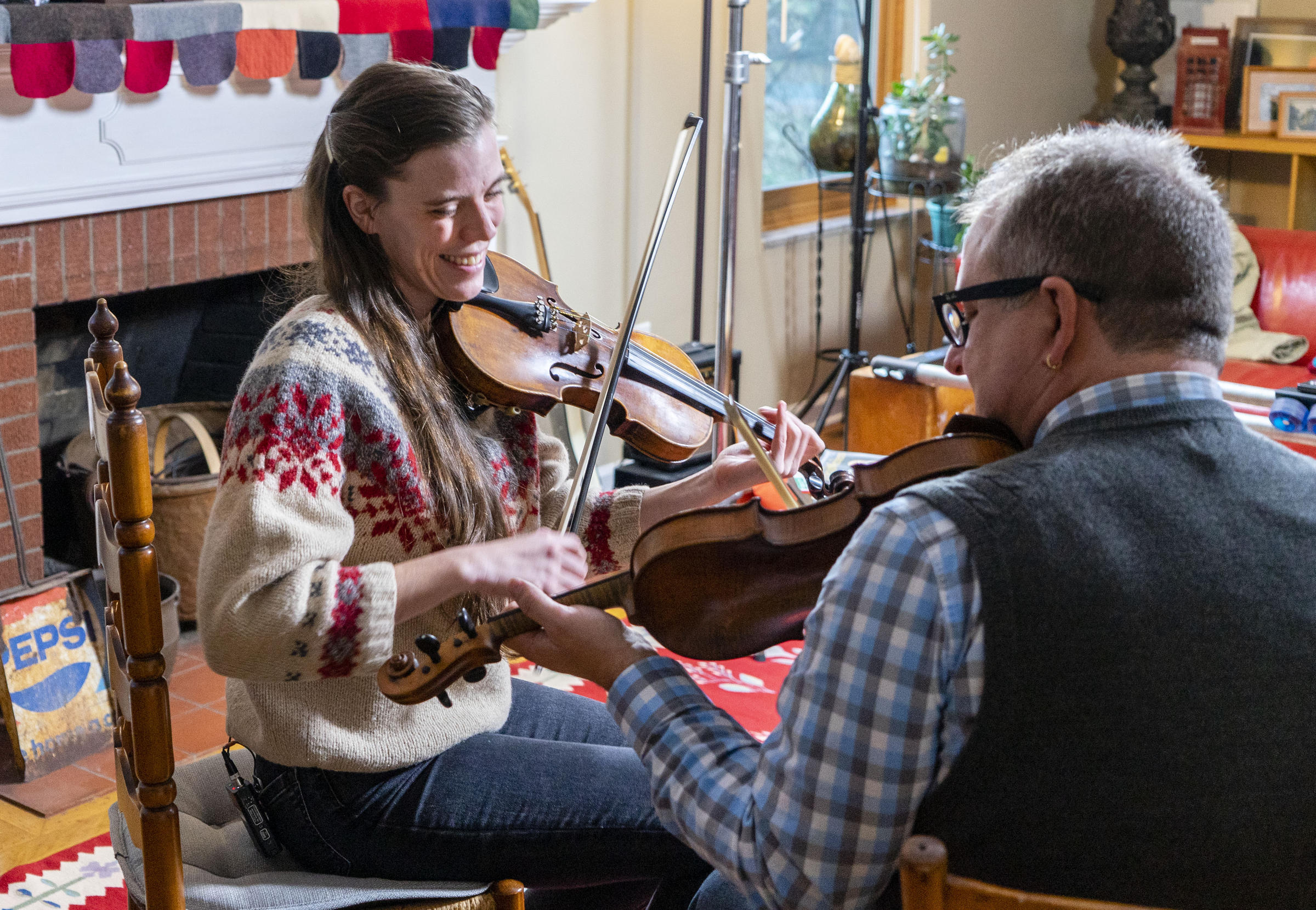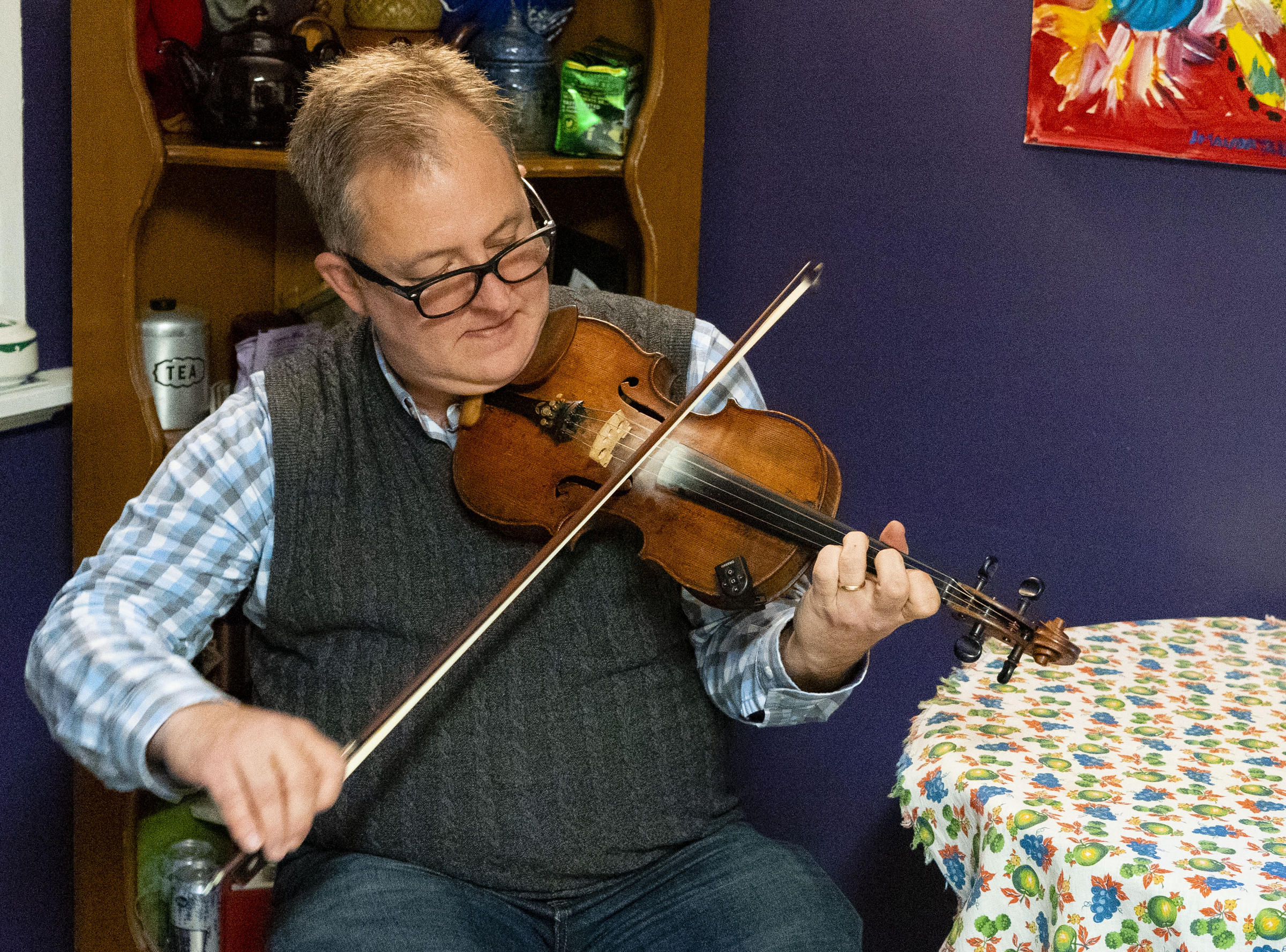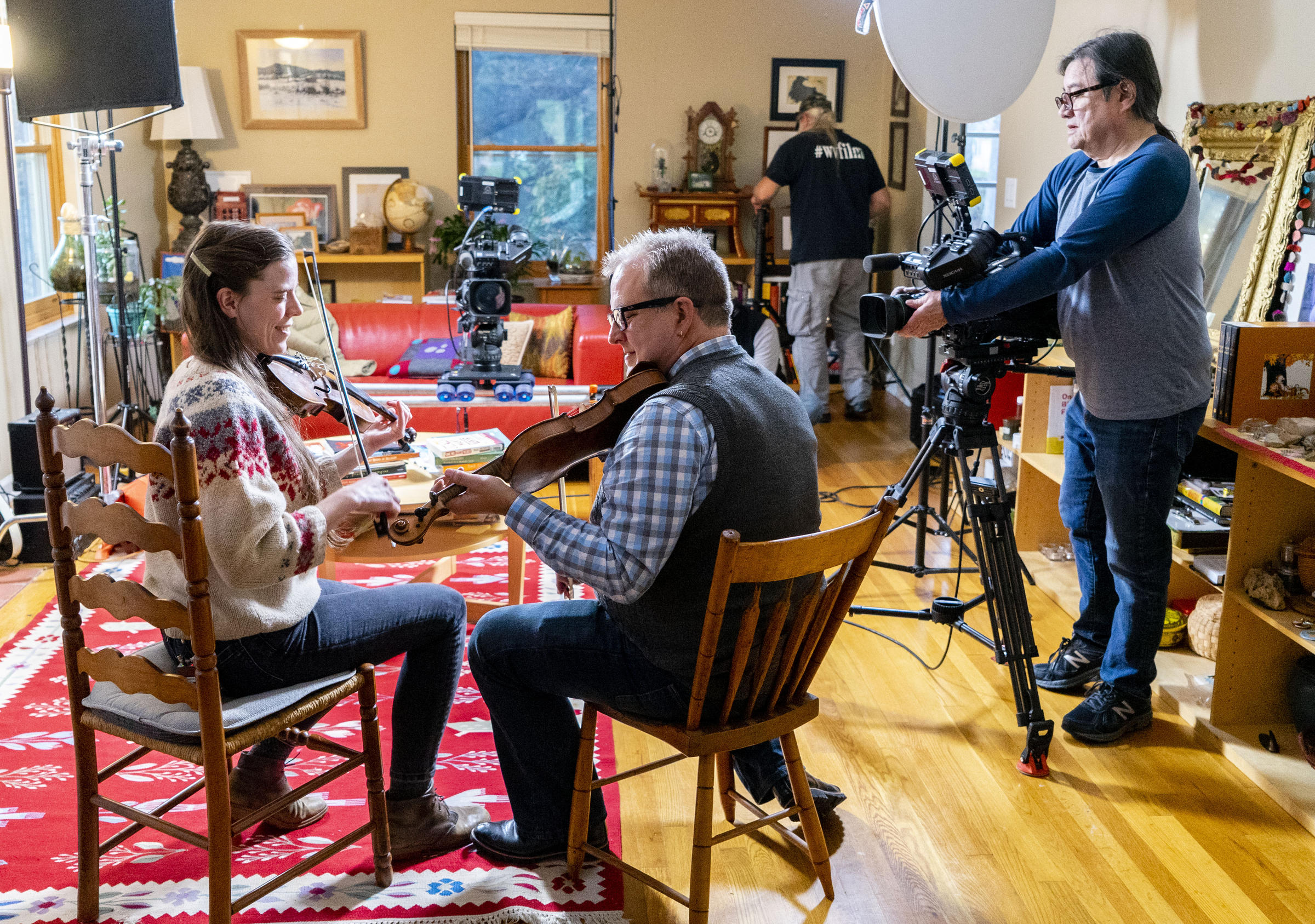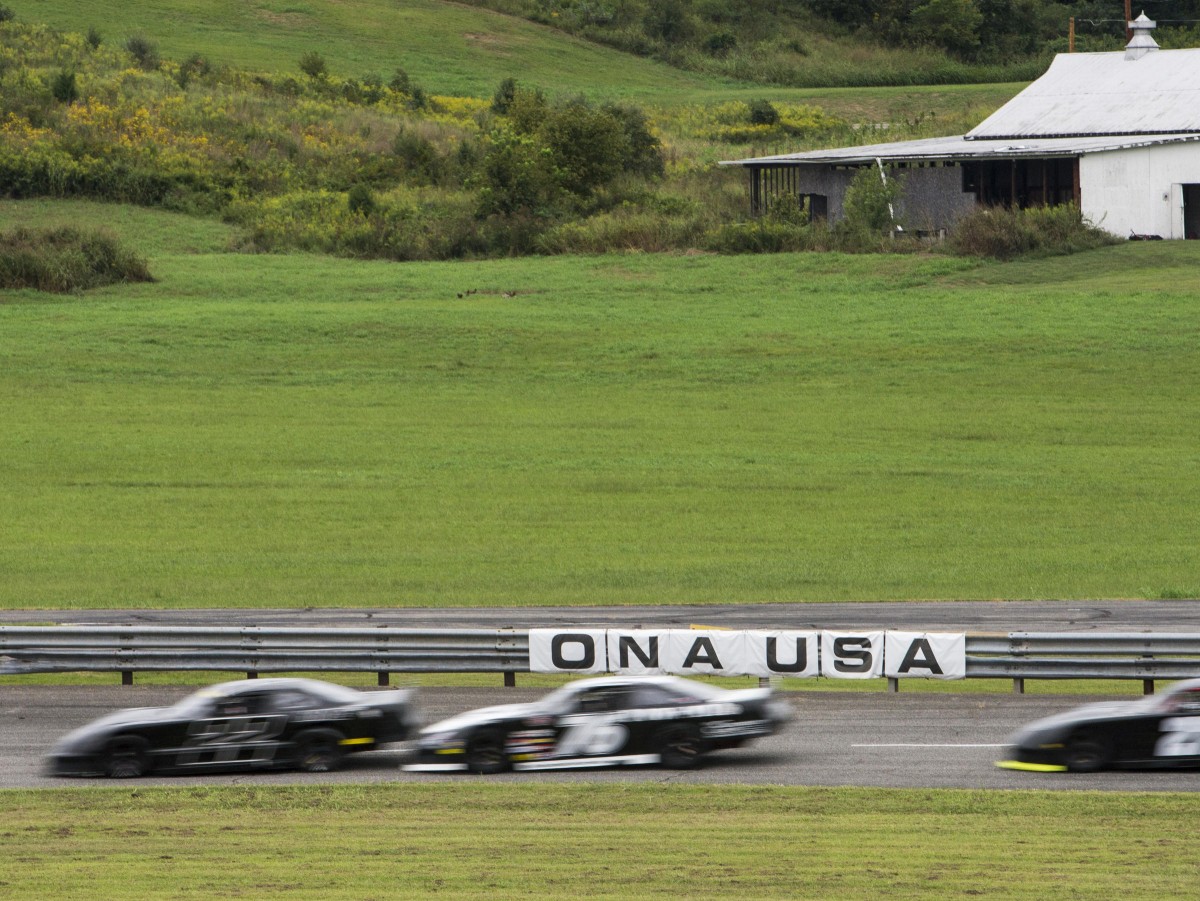Old-time music is a large part of West Virginia’s heritage – it is the folk music of the state. And although it has now gained the popularity of people from all over the world, hundreds of years ago it was isolated within Appalachian communities. However, as it gains traction, some people think the uniqueness is lost.
In a special report exploring folkways traditions, as part of the Inside Appalachia Folkways Project, West Virginia Public Broadcasting’s Caitlin Tan explores the master-apprentice relationship in the old-time music community. Listen to the report below.
Folklife Apprentice Program
In an effort to help preserve traditional Appalachian practices, the West Virginia Humanities Council started a Folklife Apprentice Program, which pairs a master of a craft with a budding artist, to help preserve traditional Appalachian practices.
“That’s part of what makes the tradition special is it’s a folk tradition,” said Annie Stroud, an old-time music apprentice. “That’s what makes it work is that you share it and people are learning it and it’s part of the community.”

Through the folklife program, Stroud studied old-time fiddling under Doug Van Gundy for all of 2018. Van Gundy is an eighth-generation West Virginian and an expert in the music. He says it is the foundation for a lot of sounds today.
“It was the homemade music. It was the local music. It was the kitchen music. And up and down the Appalachian Mountains you had people from Scotland and Germany and Northern England, places that had fiddle music traditions, that came here and that got mixed in with rhythmic traditions from West Africa with the banjo,” he said.
The Homemade Music
Stroud had always wanted to learn the specific old-time music of her home, Greenbrier County. She learned to fiddle over 20 years ago, but she says learning the specific Greenbrier style is a way for her to feel more connected to her home, as she grew up on a farm in the grassy valley of Greenbrier. And it turns out, Van Gundy is one of the few people who is an expert in the music.
Historically, within each county in West Virginia, and even sometimes each hollow, the styles of old-time changes. Van Gundy says the music of Greenbrier County is one of the less common techniques still alive.
“The Greenbrier Valley style, the upper reaches, were relatively isolated and so I think the fiddling stayed closer to how it was when it got over here,” he said. “I think it’s a little more archaic, and yet it’s still influenced by radio and records that came through. There’s a lot of drone in it and up bow accenting.”
Van Gundy demonstrates the Greenbrier style by fiddling a tune called ‘Jimmy Johnson.’ The chipper song is played using what he calls a “shuffle” and “up-bow technique.” The notes flow together seamlessly.
But when he plays the same song in Pocahontas County style there is noticeable embellishments. The notes are a bit more pronounced; one almost feels inclined to clap along.
The Greenbrier Legend
Unlike Stroud, Van Gundy did not learn how to play old-time until he was an adult. After an angsty punk rock phase, he sought the help of Mose Coffman in the early 1990s. Coffman was one of the original Greenbrier Valley old-time music legends. He had learned from players who were alive before West Virginia was even a state.

Coffman had a distinct way of playing that sounded rough around the edges, but authentically West Virginian.
So Van Gundy visited Coffman weekly in a nursing home for the last year of Moses’ life. At the start of his apprenticeship, Van Gundy said he just watched Coffman play.
“So he played for about three hours and he kept trying to hand me the fiddle, “Now you play me something.” And I said, “I can’t play. I can’t play anything.” But he would play for me,” Van Gundy said, “and by the end of that he had figured out a tune that I really liked that he thought was simple enough for me to start on and he said, ‘Ok. I want you to come back and play this for me. Come back next week.’”
Coffman passed away in 1994, but 26 years later, Stroud can have that connection to some of the original old-time musicians through Van Gundy. And Stroud said, that is what makes the music so special.
“There are these direct lines of connection of like, stories and nuances, and the way people play it and each time it gets passed down it changes a little bit,” she said. “And that’s part of the tradition, which is really exciting.”
Keeping The Tradition Going
Through the apprentice program, Van Gundy and Stroud met up to practice several times a month.
They spent a lot of time listening to Van Gundy’s old recordings of Coffman. One of their favorite songs they practiced over the year is called ‘Turkey Creek.’ It is a song Coffman wrote.
“It’s named after a little creek in Greenbrier County, and this is a tune that I don’t know that anybody else really played. If people play this out in the world, it probably came from Mose Coffman. Or us,’ Van Gundy said with a chuckle.

Stroud said in the past year since her apprenticeship, she has shared a lot of what she learned. She even taught a beginner fiddle class at Augusta Heritage Center this past fall.
The 2020 WV Humanities Council Folklife Apprentice Program will begin this March — pairing together another round of novice and professional artists in the state.
This story is part of the Inside Appalachia Folkways Reporting Project. Subscribe to the podcast to hear more stories of Appalachian folklife, arts, and culture.
This article was originally published by West Virginia Public Broadcasting.



